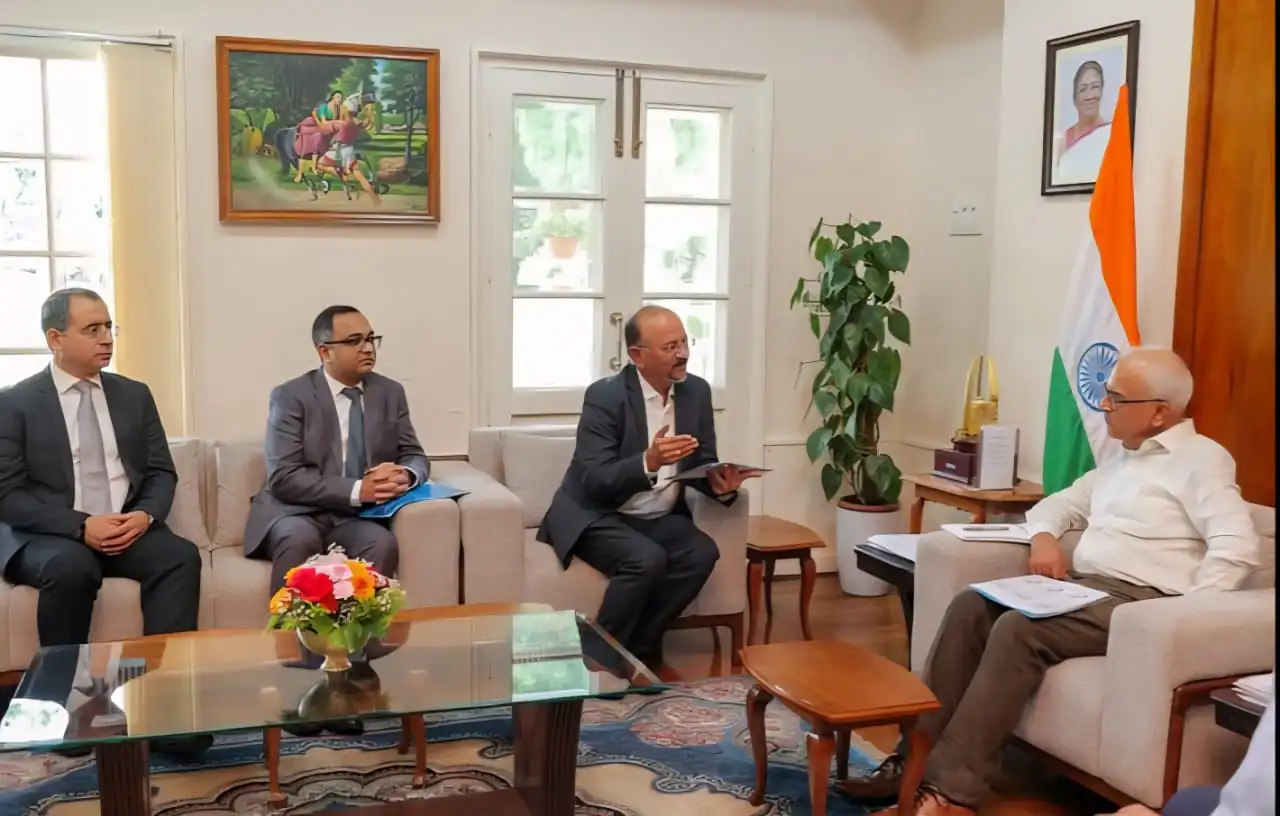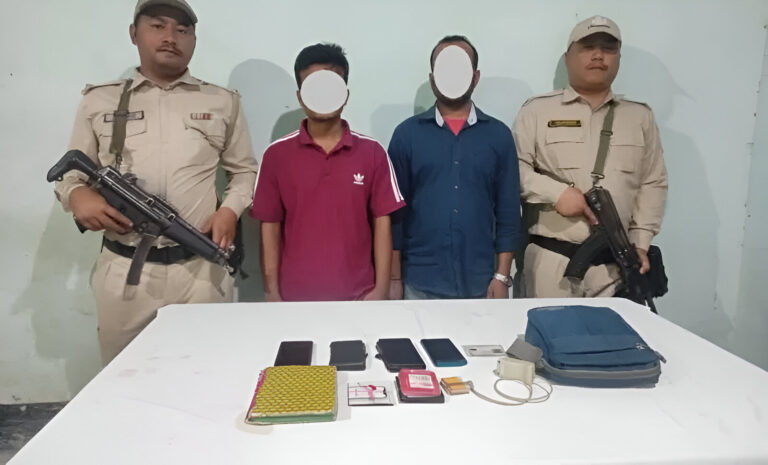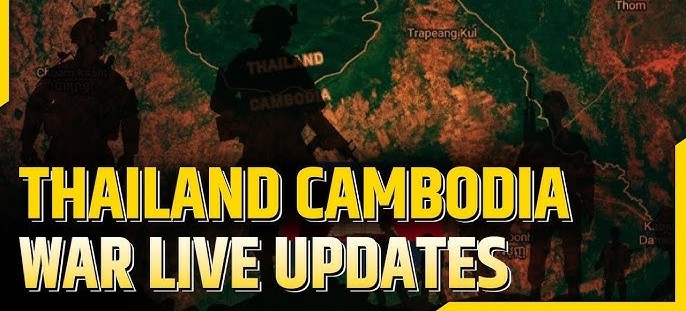Manipur Governor Discusses Cancer Menace Under PMJAY & CMHT Schemes
The Governor of Manipur, Ajay Kumar Bhalla, met with Dileep Mangsuli — Chairman of the American Oncology Institute (AOI) — and other officials to discuss cancer care in the state, focusing on how Ayushman Bharat–PMJAY and the Chief Minister’s Hakshelgi Tengbang (CMHT) schemes are being used to treat patients. The AOI delegation highlighted that India has about 90 cancer treatment units nationally, with one unit in Imphal, and officials noted that roughly 60% of cancer patients in Manipur are being treated using PMJAY and CMHT cards. The state currently has about 9,000 cancer patients, while there are around 3.74 lakh beneficiary families under PMJAY in Manipur and around 6.83 lakh beneficiaries enrolled under CMHT; the government has spent over ₹153 crore under CMHT and the financial assistance cap has been raised to ₹5 lakh for eligible treatments.
Cancer is a quiet crisis: it doesn’t always shout in headlines until a hospital corridor or a family makes it personal. When your state governor sits down with a national oncology chair to talk about capacity, cards, and cashless care, that’s more than protocol — it’s a recognition that systems must bend to human need. In Manipur’s context, where health infrastructure faces geographic, economic and conflict-related challenges, the stakes are high. How well PMJAY and CMHT work for cancer patients here will determine whether lifesaving surgeries and chemo arrive on time — or whether families are forced to choose between treatment and survival.
This long-form piece explains what was discussed, decodes the numbers, maps the gaps in care, and offers practical ideas that could make a tangible difference to patients in Manipur. I’ll keep it conversational — think of this as a guided walk through the policy, the people, and the practical next steps.
What the official meeting told us — the headlines unpacked
A few concrete points emerged from the Governor’s meeting with the AOI delegation:
- AOI (American Oncology Institute) representatives briefed the Governor on AOI’s work; they noted that 90 cancer treatment units operate across India and that one such unit is in Imphal. This is notable because specialized surgical oncology theatres and oncology teams are scarce in the Northeast
- Authorities reported roughly 9,000 cancer patients in Manipur at present, with ~60% of those accessing treatment through PMJAY and CMHT cards — demonstrating that public health financing is already a primary source of treatment support for many.
- As of April 2025, about 3.74 lakh beneficiary families in Manipur are enrolled under AB-PMJAY with 4,82,457 Ayushman cards reportedly generated. Meanwhile, the CMHT scheme had about 6.83 lakh beneficiaries enrolled (as of Feb 2023) and the government has spent over ₹153 crore on treatment, while the scheme’s cashless limit was increased to ₹5 lakh. Those numbers frame the reach and scale of public financing in the state.
FAQs — Five Unique Questions People Ask
1) How many cancer patients are there in Manipur right now, and how many use PMJAY/CMHT?
Authorities reported about 9,000 cancer patients in Manipur, and roughly 60% of those are being treated under PMJAY and CMHT cards. These figures were discussed during the Governor’s meeting with AOI representatives.
2) What does PMJAY cover for cancer patients — is chemotherapy included?
Yes — PMJAY (Ayushman Bharat) covers secondary and tertiary hospitalization services, which include cancer surgeries and many chemotherapy admissions at empanelled hospitals. The scheme’s family cover of ₹5 lakh per year is intended to include such care, but out-of-pocket costs (travel, supportive meds) may still occur.
3) Why do some patients still travel out of state despite having PMJAY or CMHT coverage?
The main reasons are limited local infrastructure (for example radiotherapy or advanced pathology), the need for specialized multidisciplinary teams, and perceived quality differences. Strengthening local capacity and empanelling regional centres would reduce these transfers
4) Will CMHT and PMJAY pay for travel and lodging for patients?
Currently, PMJAY/CMHT primarily covers hospitalization services and procedures. Ancillary non-medical costs are not comprehensively covered, which is why targeted travel and lodging support (state-level top-ups or NGOs) are often necessary to prevent treatment abandonment. Policy tweaks could add means-tested stipends
5) How can Manipur speed up early cancer detection?
Practical steps include: community awareness drives, screening camps for high-yield cancers (breast, cervical, oral), training primary care workers to recognize red-flags, and teleconsultation backstops for suspicious cases. These interventions are affordable and save money long term by catching disease earlier.




